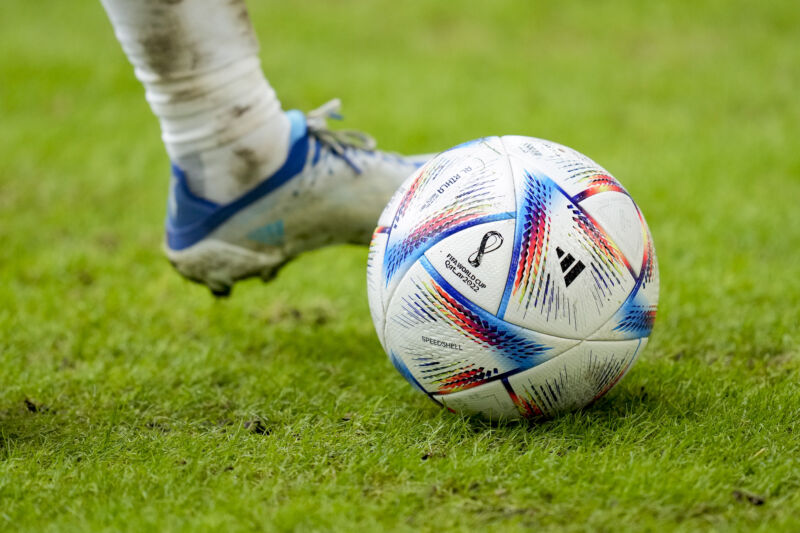The World Cup ball has the aerodynamics of a champion

Enlarge / The Adidas Al Rihla ball during the international friendly match between Japan and United States at Merkur Spiel-Arena on September 23, 2022 in Duesseldorf, Germany. (credit: DeFodi Images via Getty)
As with every World Cup, at the 2022 FIFA World Cup in Qatar the players will be using a new ball. The last thing competitors want is for the most important piece of equipment in the most important tournament in the world's most popular sport to behave in unexpected ways, so a lot of work goes into making sure that every new World Cup ball feels familiar to players.
I am a physics professor at the University of Lynchburg who studies the physics of sports. Despite controversies over corruption and human rights issues surrounding this year's World Cup, there is still beauty in the science and skill of soccer. As part of my research, every four years I do an analysis of the new World Cup ball to see what went into creating the centerpiece of the world's most beautiful game.
The physics of dragBetween shots on goal, free kicks, and long passes, many important moments of a soccer game happen when the ball is in the air. So one of the most important characteristics of a soccer ball is how it travels through air.